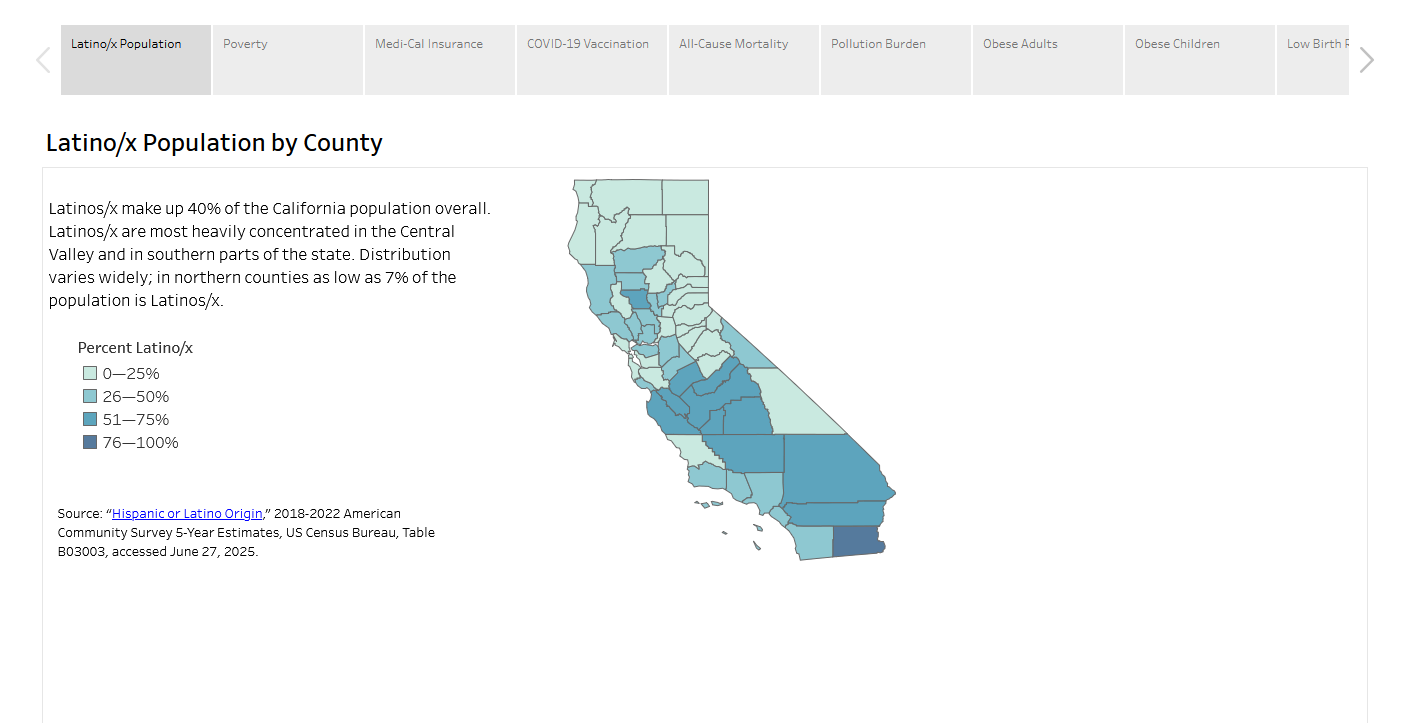Get These Charts
Our charts are available to use in your presentations and publications. Download a zipped file of all of the charts from this report, and review our Terms of Use.
Medi-Cal, California’s Medicaid program, is the state’s health insurance program for Californians with low income, including three in seven children, two in nine nonelderly adults, and two in five people with disabilities. It also paid for 39% of all births in the state. In total, over 15 million Californians relied on the program for health coverage in 2022.
Using only state resources, California has expanded Medi-Cal to all income-eligible immigrants, regardless of immigration status.
Medi-Cal Facts and Figures: Essential Source of Coverage for Millions presents information on the Medi-Cal program based on the most recent data available.
Key findings include:
- In fiscal year 2021–22, Medi-Cal brought in more than $85 billion in federal funds and accounted for nearly 15% of all state general fund spending.
- People with disabilities composed 8% of Medi-Cal enrollees and accounted for 31% of spending. Meanwhile, children accounted for 16% of enrollees and just 6% of spending.
- In 2022, 86% of people served by Medi-Cal were enrolled in one of six managed care models.
- Three of four Medi-Cal enrollees were in households where they or another family member worked part- or full-time.
- CalAIM (California Advancing and Innovating Medi-Cal) is a multiyear program intended to transform the Medi-Cal delivery system.
The Medi-Cal program faces numerous changes in the coming years, including the implementation of CalAIM, and assessing the outcome of transitioning pharmaceutical benefits to the Medi-Cal Rx program. Medi-Cal will also address the needs and costs of an aging population and implement strategies to address disparities in access, quality, and outcomes of care for enrollees of color.
The full report, and all the charts found in the report, are available for download below. These materials are part of CHCF’s California Health Care Almanac, an online clearinghouse for key data and analyses describing the state’s health care landscape. To see past editions of this almanac, contact us.





